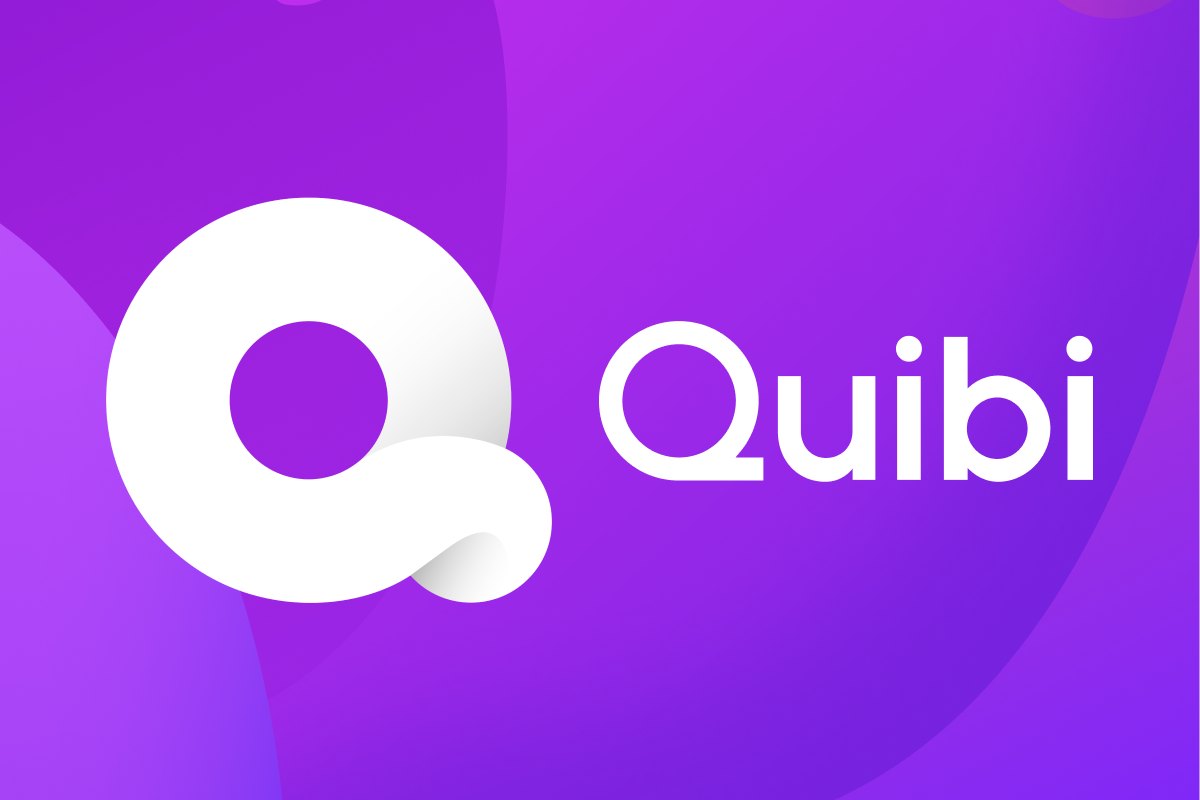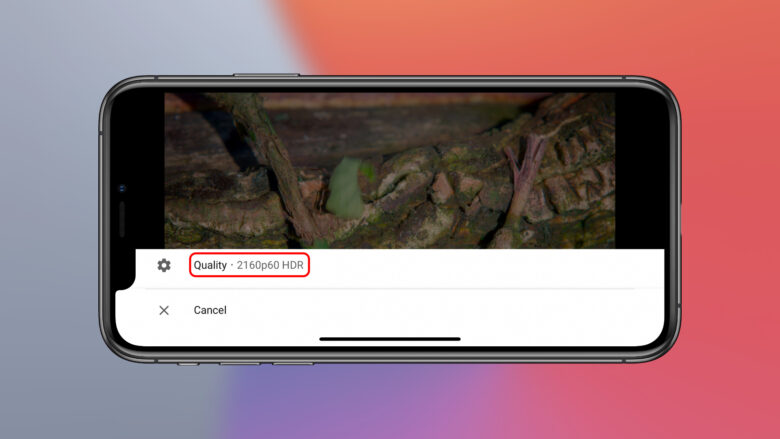You can tell when Apple is making things right when it releases a feature that you had never considered but find to be really great as soon as it is available. That accurately sums up what the next iPhone 16, older iPhone models, and Apple TV will be like. A minor change has been made to the mute button. Following this announcement, there is a leak indicating that there are other changes being made to the Apple TV lineup.
The code points to a device with the identification ‘HomeAccessory17,1,’ which is a new identifier category, according to the report. The name is akin to the ‘AudioAccessory’ identification seen on the HomePod.
That number is particularly interesting since, by saying 17,1, it implies that it might have the A18 chip, which is the same chipset that is anticipated to be found in the Apple iPhone 16. It implies that the new gadget will be able to do sophisticated functions, possibly using AI.
Furthermore, the code alludes to two Apple TV models that have not yet been made public. This confirms earlier predictions that one or more new Apple TVs may be released this year, maybe in September, coinciding with the anticipated arrival of the iPhone 16 series.
The major story here, though, is the implication that a new gadget—whatever it is—would be so potent that it will require the A18 processor. Is it the much-rumored Apple TV/display hybrid? That would be a novel idea.
With Apple TV, Apple has a history of fascinating breakthroughs. It made video playback better years ago in a way that no other manufacturer has done since.
You may ask, “What did he/she/they say?” with your Siri remote control if you missed something that someone on TV said. No matter which pronoun you use, the outcome will be the same. After a ten-second replay, the portion you missed would play again, this time with subtitles front and center for those few moments. It’s great if you haven’t tried it.
There will be another significant innovation with the upcoming iOS 18 and tvOS 18 software for the iPhone and Apple TV, respectively.
After the software is installed, it will function on iPhones starting with the iPhone XS and continuing through the forthcoming iPhone 16 series. Right now, the program is in its second developer beta. This month, it will enter public beta, and in September, it will be released to the whole public.
Thus, what could be done to make the mute button better? I mean, it just functions, right? Apple has made a wonderful change: when you mute video playback, either on the iPhone or by using the Apple TV remote, subtitles will immediately display onscreen when the screen goes black. The subtitles will fade away when the sound fades in when you press the button again. How awesome is that?
When use the built-in movie player on the iPad or Mac, the feature will also be accessible, providing a sense of satisfying completion.
Be careful—if you’ve muted the TV, iPhone, or anything else so you can answer a call or listen to your significant other across the living room, for example, and you keep your eyes on the screen because you can still see the words, rather than paying attention to your conversation partner, you can make a mistake.
Still, this is one of the best improvements for watching videos that we have seen in a long time. Just Apple.


 Entertainment4 weeks ago
Entertainment4 weeks ago
 Entertainment4 weeks ago
Entertainment4 weeks ago
 Entertainment4 weeks ago
Entertainment4 weeks ago
 Entertainment4 weeks ago
Entertainment4 weeks ago
 Entertainment4 weeks ago
Entertainment4 weeks ago
 Entertainment4 weeks ago
Entertainment4 weeks ago
 Entertainment4 weeks ago
Entertainment4 weeks ago
 Entertainment2 weeks ago
Entertainment2 weeks ago











